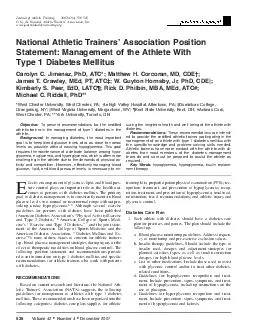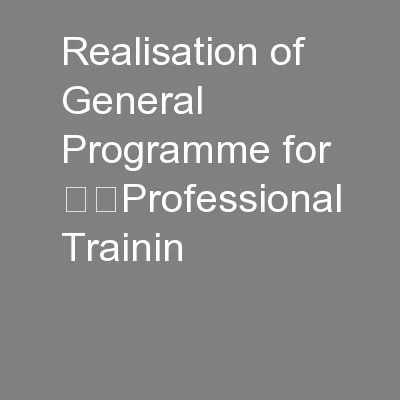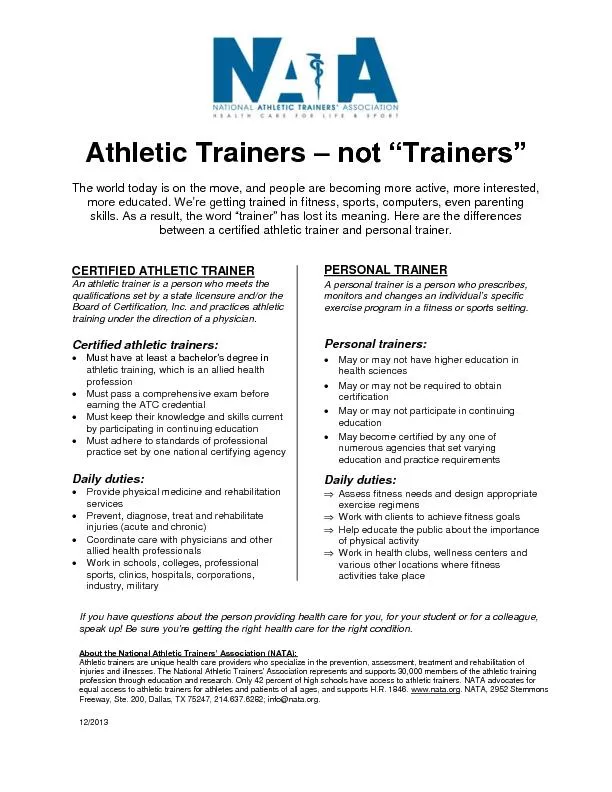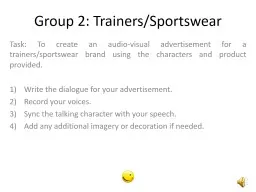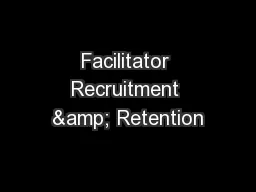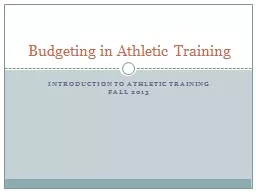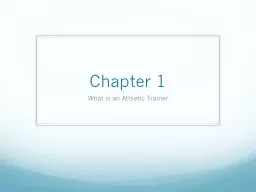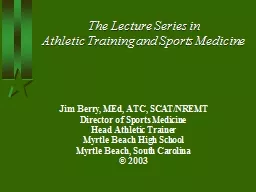PDF-Volume Number December Journal of Athletic Training by the National Athletic Trainers
Author : liane-varnes | Published Date : 2015-02-20
journalofathletictrainingorg National Athletic Trainers Association Position Statement Management of the Athlete With Type 1 Diabetes Mellitus Carolyn C Jimenez
Presentation Embed Code
Download Presentation
Download Presentation The PPT/PDF document "Volume Number December Journal of Ath..." is the property of its rightful owner. Permission is granted to download and print the materials on this website for personal, non-commercial use only, and to display it on your personal computer provided you do not modify the materials and that you retain all copyright notices contained in the materials. By downloading content from our website, you accept the terms of this agreement.
Volume Number December Journal of Athletic Training by the National Athletic Trainers: Transcript
Download Rules Of Document
"Volume Number December Journal of Athletic Training by the National Athletic Trainers"The content belongs to its owner. You may download and print it for personal use, without modification, and keep all copyright notices. By downloading, you agree to these terms.
Related Documents

